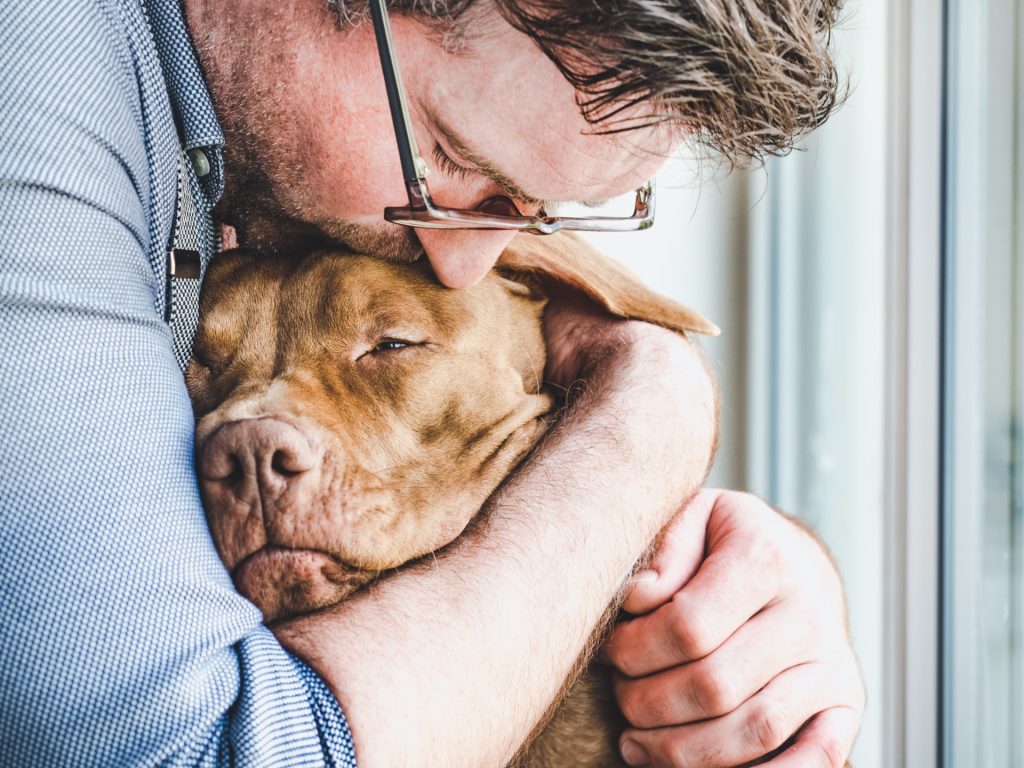Your dog’s health is always important
Others are reading now
Cancer is one of the most serious and feared illnesses that can affect our four-legged companions.
Especially in dogs over 10 years old, cancer is among the leading causes of death.
But there’s hope—early detection can give your dog a real chance at effective treatment. Read on to learn how to act before it’s too late!
Cancer can strike dogs of any age, not just older pets.
Also read
If we want to ensure our loyal companions live long and happy lives, recognizing the early warning signs is crucial.
Pay attention to these symptoms and contact your veterinarian immediately if you notice anything unusual.
Lumps on the Body
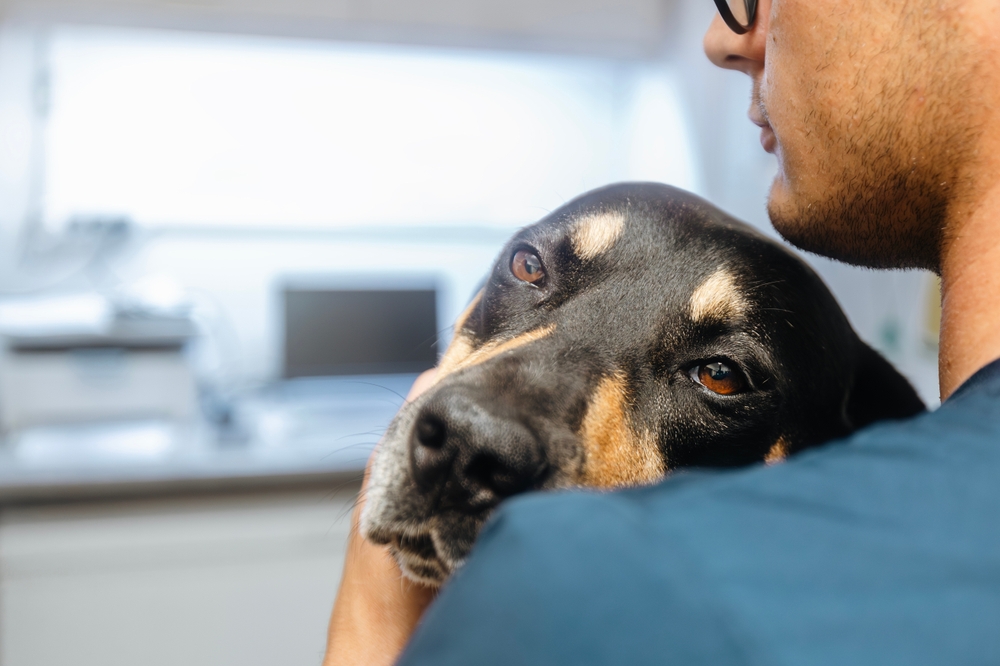
Discovering a lump on your dog can be alarming.
While many lumps are harmless, others could be mast cell tumors, a type of cancer commonly seen in dogs.
These tumors can spread quickly to lymph nodes, the liver, or the spleen.
Even a small sore that won’t heal could be a red flag.
Don’t ignore it—your dog’s life could depend on a simple examination.
Difficulty Urinating or Blood in Urine

You dog might feel pain if it struggles to urinate or has blood in its urine.
These symptoms could indicate a urinary tract infection, but if treatment doesn’t work, it might signal something far more serious, such as bladder cancer. E
very day counts—get it checked out promptly.
Bad Breath

A strong, foul odor from your dog’s mouth isn’t just unpleasant—it could be a sign of oral cancer.
If your dog suddenly prefers soft food or chews differently, something might be wrong.
An X-ray could uncover the problem and potentially save your dog’s life.
Enlarged Abdomen
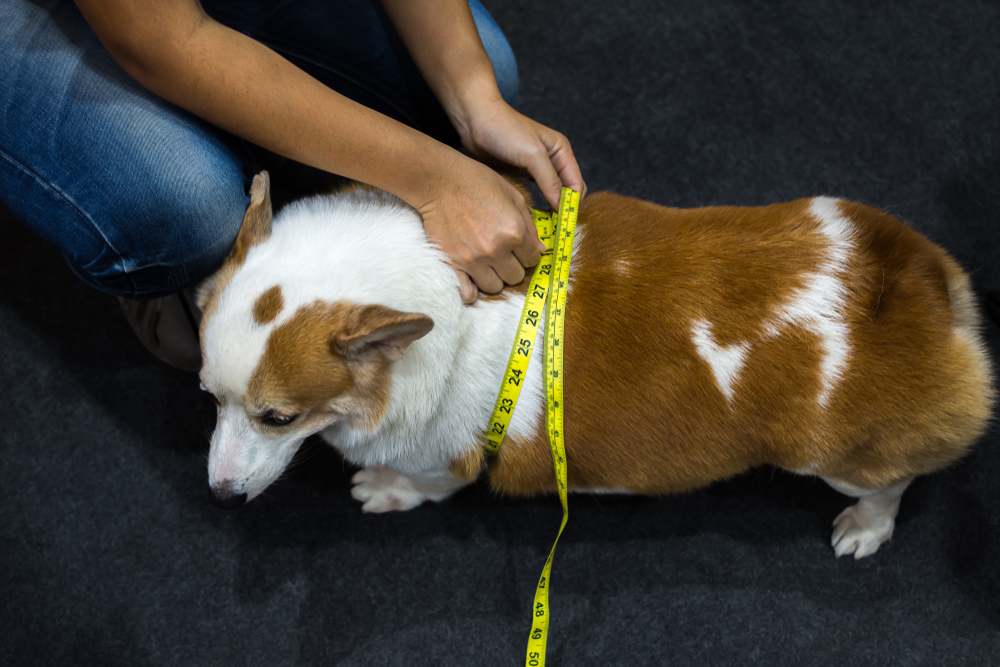
A sudden increase in your dog’s belly size is a warning sign that shouldn’t be ignored.
It could indicate a growing tumor pressing on vital organs, causing digestive issues, breathing difficulties, and significant discomfort.
A quick ultrasound or X-ray could provide the answers you need.
Unexplained Bleeding
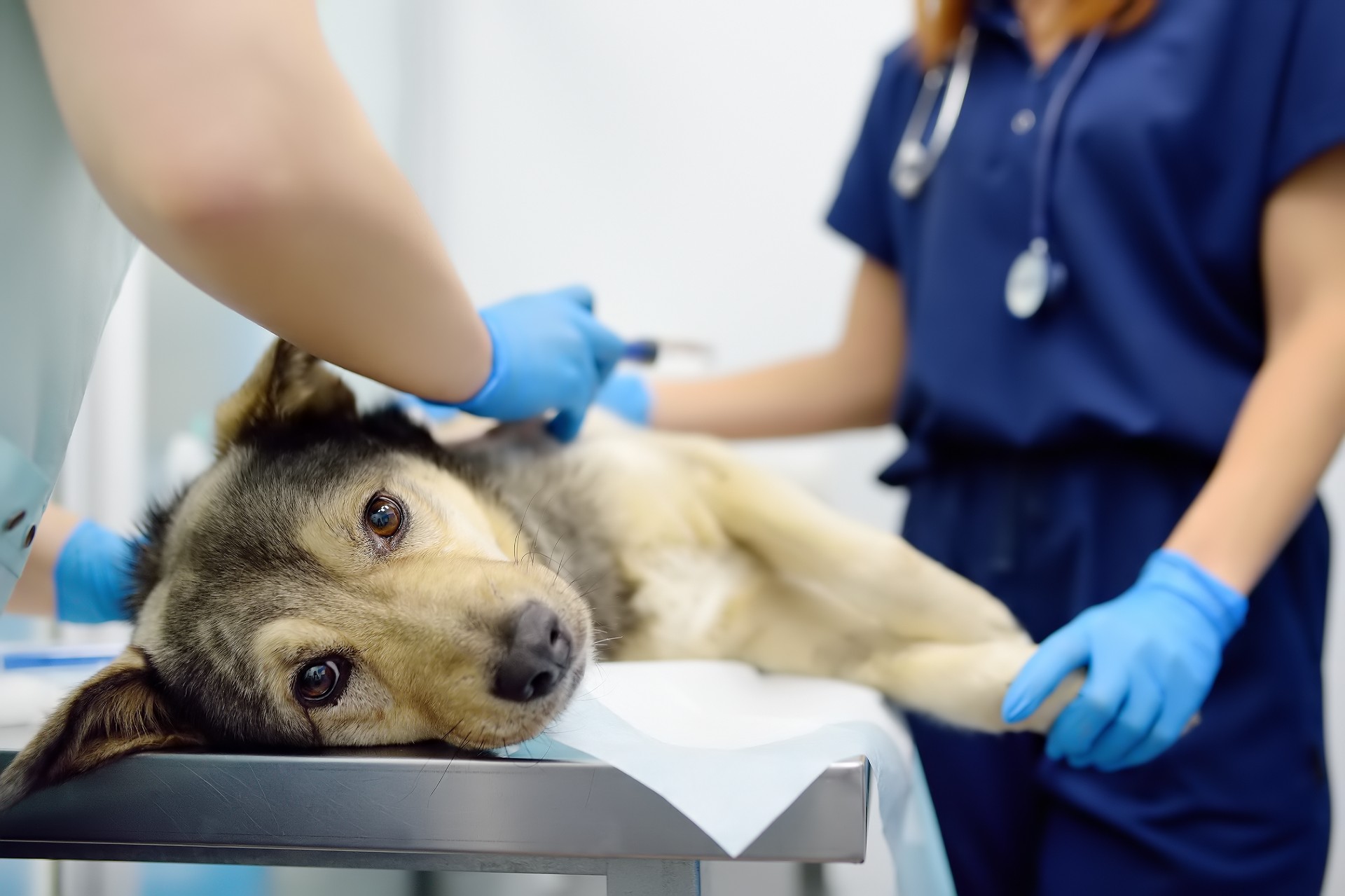
It’s heartbreaking to see blood from your dog’s nose, mouth, or other body openings.
While it might be due to minor injuries, it could also mean a ruptured tumor.
Every instance of bleeding should be taken seriously—your dog’s health is at stake.
Rapid Weight Loss
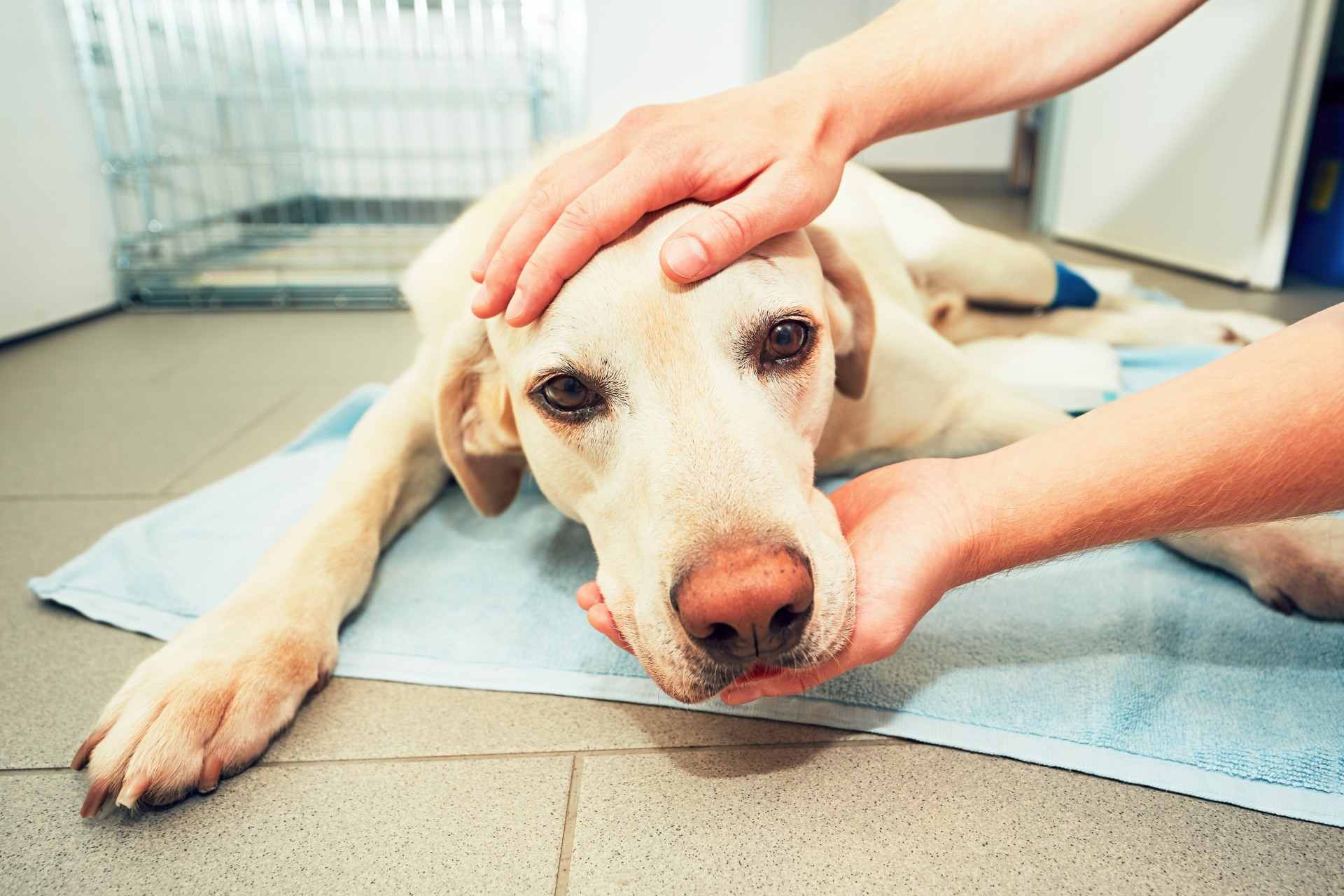
If your dog is losing weight rapidly without any apparent reason, it’s time to take action.
Cancer can slowly deplete your dog’s body by stealing essential nutrients, leading to weight loss and weakness.
Acting quickly could give your dog a chance to recover.
Persistent Coughing

A constant, dry cough might be more than just an annoying sound—it could be a cry for help from your dog struggling with lung cancer.
Coughing, fatigue, and difficulty breathing demand immediate attention from a veterinarian.
Vomiting and Diarrhea
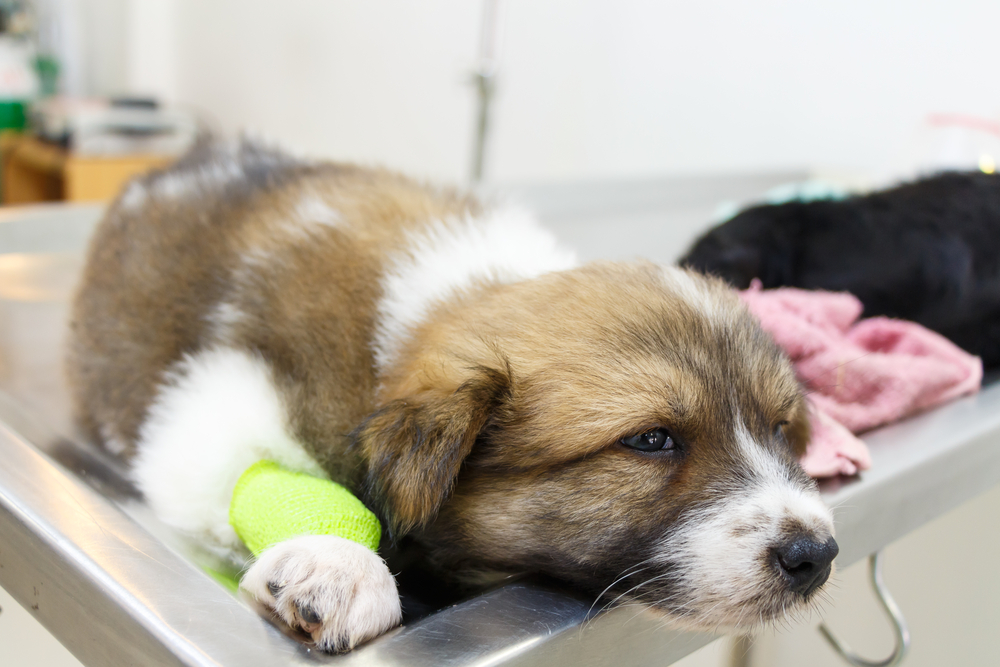
Watching your dog suffer from repeated vomiting or diarrhea is distressing.
While it’s often caused by something simple like spoiled food or an infection, it could also indicate gastrointestinal cancer.
Your prompt action could make all the difference.
Limping
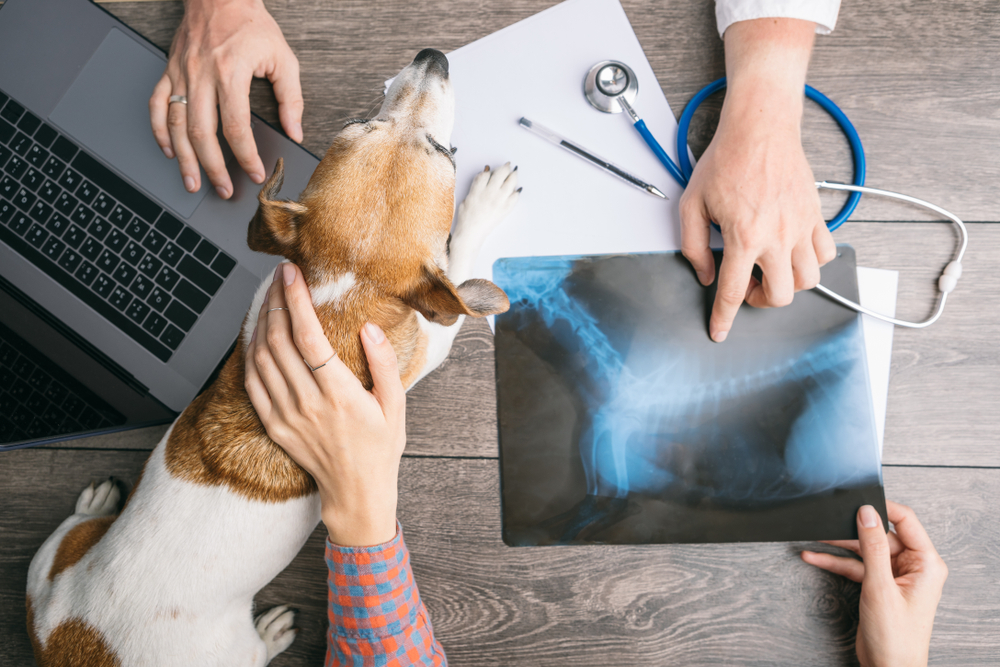
If your dog suddenly starts limping or showing pain in a specific leg, it might be a sign of bone cancer.
Swelling or thickened areas in the affected limb should never be ignored.
An X-ray can pinpoint the issue and potentially save your dog’s life.
Enlarged Lymph Nodes
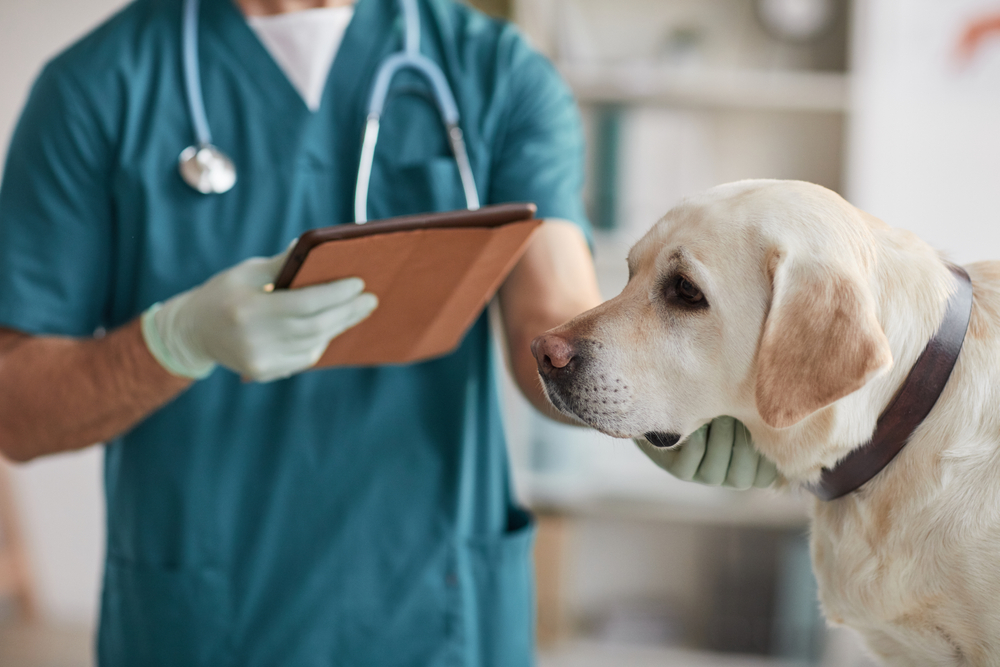
Swollen lymph nodes under the jaw or behind the knees are a major red flag.
They could indicate lymphoma, an aggressive form of cancer that requires swift treatment.
A biopsy can confirm the diagnosis, and the sooner it’s detected, the better your dog’s chances.
You Can Make a Difference
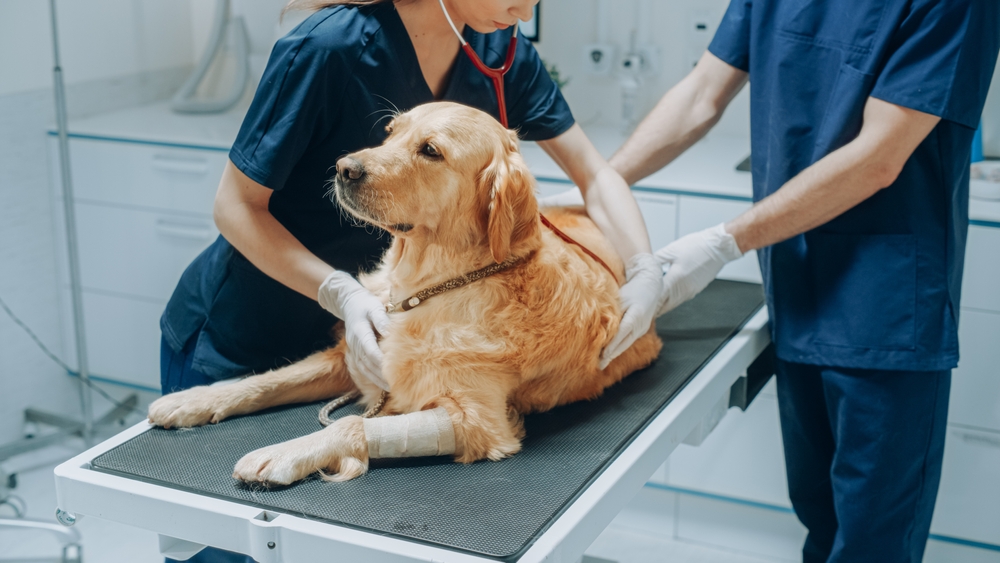
Recognizing these signs and acting quickly can mean the difference between life and death for your dog.
If you notice anything unusual, contact your veterinarian right away.
Your love and care could save your furry friend’s life.

